1. Picture of a 3D Ball and Stick Model
Ammonia
IUPAC name: Azane
 |
| 3D Ball and Stick Model - Ammonia |
IUPAC name:Water, Oxidane
 |
| 3D Ball and Stick Model - Water |
 |
| 3D Ball and Stick Model - Propane |
 |
| 3D Ball and Stick Model - Propane |
2. The following Chemicals listed have the Chemical followed by and item that the chemical is commonly found in. Common chemicals we use or eat:
Calcium Propionate
IUPAC Name: Calcium propanoate
Other names: Calcium propionate, Mycoban
Molecular formula:
C6H10CaO4
 |
Diacetyl
IUPAC Name: 2,3-Butanedione
Other names: Diacetyl, Biacetyl, Dimethyl diketone, 2,3-Diketobutane
Magnesium gluconate
IUPAC Name: Magnesium bis[(2R,3S,4R,5R)-2,3,4,5,6-pentahydroxyhexanoate]
Molecular formula: C12H22MgO14
Monosodium Glutamate
IUPAC Name: Sodium 2-Aminopentanedioate
Potassium Bisulfite
Tetrasodium pyrophosphate
IUPAC Name: Potassium hydrogen sulfite
Other names:Potassium bisulfite, potassium bisulphite solution,
sulfurous acid, monopotassium salt, monopotassium sulfite
sulfurous acid, monopotassium salt, monopotassium sulfite
Propylene Glycol
IUPAC Name: propane-1,2-diol
Other names: propylene glycol, α-propylene glycol, 1,2-propanediol,
1,2-Dihydroxypropane,
methyl ethyl glycol (MEG), methylethylene glycol, PG, Sirlene, Dowfrost
methyl ethyl glycol (MEG), methylethylene glycol, PG, Sirlene, Dowfrost
IUPAC Name: poly(dimethylsiloxane)
Other names: PDMS, dimethicone, E900
Tetrasodium pyrophosphate
IUPAC Name: Tetrasodium diphosphate
Molecular formula:Na4O7P2
Tartrazine
IUPAC Name: Trisodium (4E)-5-oxo-1-(4-sulfonatophenyl)-4-[(4-sulfonatophenyl)hydrazono]-3-pyrazolecarboxylate
Other names: FD&C Yellow 5
Molecular formula:C16H9N4Na3O9S2
Aspartame
IUPAC Name: N-(L-α-Aspartyl)-L-phenylalanine, 1-methyl ester
Molecular formula:C14H18N2O5
Caffeine
IUPAC Name: 1,3,7-trimethyl-1H-purine-2,6(3H,7H)-dione
3,7-dihydro-1,3,7-trimethyl-1H-purine-2,6-dione
3,7-dihydro-1,3,7-trimethyl-1H-purine-2,6-dione
Molecular formula:C8H10N4O2
Dextrose
IUPAC Name: D-glucose
Molecular formula:C6H12O6
Fumaric Acid
IUPAC Name:(E)-Butenedioic acid
Other names:trans-1,2-Ethylenedicarboxylic acid, 2-Butenedioic acid, trans-butenedioic acid
Allomaleic acid, Boletic acid, Donitic acid, Lichenic acid
Allomaleic acid, Boletic acid, Donitic acid, Lichenic acid
Molecular formula:C4H4O4
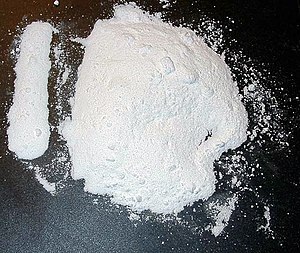 |
| Baking Powder |
Lactitol
IUPAC Name:4-O-α-D-Galactopyranosyl-D-glucitol
Other names: Lactitol, Lacty
Molecular formula:C12H24O11
Mannitol
IUPAC Name:(2R,3R,4R,5R)-Hexan-1,2,3,4,5,6-hexol
Molecular formula:C6H14O6
Potassium Bromate
IUPAC Name: Potassium bromate
Molecular formula:KBrO3
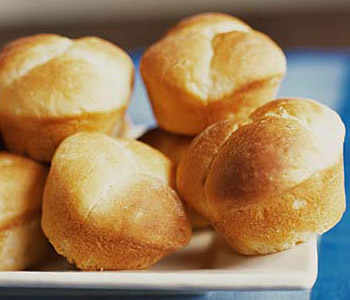 |
| used to increase volume in flour, breads, and rolls |
Sorbitol
IUPAC Name:(2S,3R,4R,5R)-Hexane-1,2,3,4,5,6-hexol
Other names:D-glucitol; D-Sorbitol; Sorbogem; Sorbo
Molecular formula:C6H14O6


Xylitol
IUPAC Name: (2R,4S)-Pentane-1,2,3,4,5-pentol
Other names:1,2,3,4,5-Pentahydroxypentane; Xylite
Molecular formula:C5H12O5
Quinine
IUPAC Name: (R)-(6-methoxyquinolin-4-yl)((1R,2S,4R,5S)-5-vinylquinuclidin-2-yl)methanol
Molecular formula:C20H24N2O2
Propyl Gallate
IUPAC Name:Propyl 3,4,5-trihydroxybenzoate
Other names:Gallic acid, propyl ester, n-Propyl gallate, E310
Molecular formula:C10H12O5
3. How many bonds does each of the following elements typically have?
Carbon: 4
Hydrogen: 1
Oxygen: 2
4. IUPAC stands for the International Union of Pure and Applied Chemistry. It is an international scientific organization, not affiliated with any government. The IUPAC strives to advance chemistry, in part by setting global standards for names, symbols, and units.
5. One bottle of Green Aussie Cleaner potentially replaces all of the above-mentioned chemical cleaners because it is an extremely effective multi-application cleaner. Its ingredients are derived from raw vegetable materials with corn supplying the carbohydrate/sugar base, which is then combined with native oils such as coconut, or palm kernel oil to produce a material called an alkyl polyglyoxide. When combined with other suitable biodegradable materials these polyglyoxides produce high quality cleaning compounds and shampoos. The polyglyoxides enhance product performance and promote exceptionally low cosmetic mildness.
3. How many bonds does each of the following elements typically have?
Carbon: 4
Hydrogen: 1
Oxygen: 2
4. IUPAC stands for the International Union of Pure and Applied Chemistry. It is an international scientific organization, not affiliated with any government. The IUPAC strives to advance chemistry, in part by setting global standards for names, symbols, and units.
5. One bottle of Green Aussie Cleaner potentially replaces all of the above-mentioned chemical cleaners because it is an extremely effective multi-application cleaner. Its ingredients are derived from raw vegetable materials with corn supplying the carbohydrate/sugar base, which is then combined with native oils such as coconut, or palm kernel oil to produce a material called an alkyl polyglyoxide. When combined with other suitable biodegradable materials these polyglyoxides produce high quality cleaning compounds and shampoos. The polyglyoxides enhance product performance and promote exceptionally low cosmetic mildness.











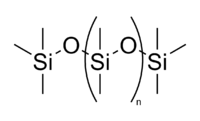


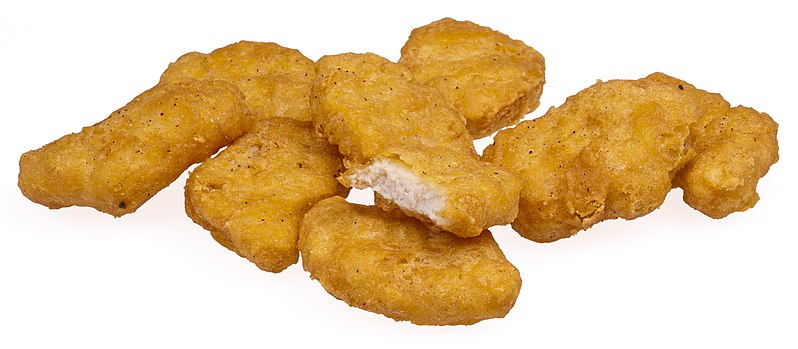















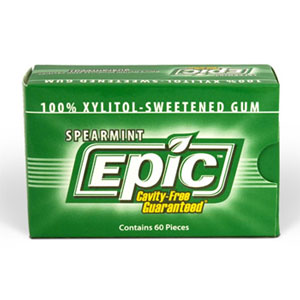




A large part of Alfa Chemistry's customers are pharmaceutical and biotechnology companies, including Pfizer, Novartis, Merck & Co., Johnson & Johnson, AstraZeneca, and Bayer. Alfa Chemistry is also a preferred partner for many universities and non-profit institutes. disodium 2-[[1-(2,5-dichloro-4-sulphonatophenyl)-4,5-dihydro-3-methyl-5-oxo-1H-pyrazol-4-yl]azo]naphthalene-1-sulphonate
ReplyDelete